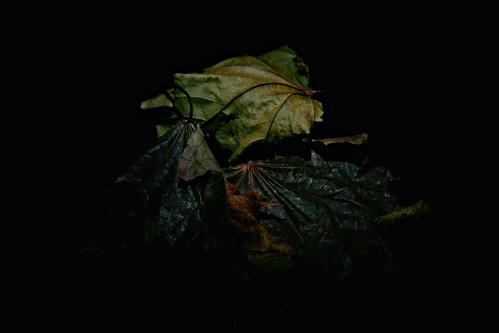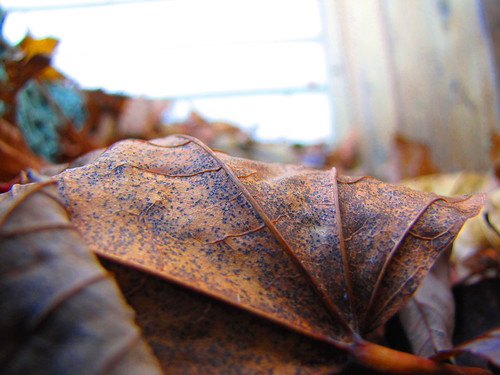Bal à Versailles
Smelling Jean Desprez's Bal à Versailles is what I can imagine Jean-Louis Fargeon (Marie Antoinette's personal perfumer) would concoct especially for her: in his dusty apothecary in Paris, he would measure into the beaker with much abundance the costliest of all extracts: tuberose, jasmine and jonquil enfleurage from Grasse, attar of rose from Morocco, shipped across the Mediterranean, aged orris root tincture, tincture of vetiver, oakmoss from the Albanian forests, collected by wolverines in the moonlight, and every animal extract he could get a hold of: Ambergris? you got it! Tonquin musk? Oh yeah. Civet? Sure, but only a little bit...
Although I've been reading a lot of reviews that go on and on about the civet being the star of the show, I beg to differ. Bal à Versailles, although I still think agree that it could have been more aptly named - my suggestion would not be "Orgie de Versailles" (which is what it would have been if civet were the star of the show - as it is in Tabu, for instance), but rather more delicately, as in "Boudouir de Versailles".
The Eau de Toilette I have on hand is vintage, probably from the 90's, or late 80's at the most. It is redolent of black pepper, opulent flowers and dry, musky oakmoss. While it has a definite carnal energy about it, it is not due to civet, but rather, musk and white flowers. I was scratching my head for a while trying to recall what it reminds me of. And when I got it, I was a bit surprised - more than anything at all, it reminds me of my very first version of Schizm, when I was so naive that I thought that the "black musk" that was sold at the Persian Arts jewellery and antique store in Pacific Centre were in fact vintage perfume bases (hence containing synthetic musks, including the defunct musk ambrette and deliciously animalic musk ketone). The old Schizm was just like this - a surge of pepper, tuberose, narcissus, oakmoss and musk, with a bit of cedarwood accentuating the dry aspect at first, and turning into something sweet (taken over by the oakmoss) in the end.
And sure enough, the drynenss of oakmoss' top notes, the cedar and pepper bows and lets the sweeter song of raspberry-lined musks to make their coiffed entrance, powdered wigs and all. Vanilla, dark and real, is not too loud but makes its presence known, like a seasoned seductress partly hiding behind a black laced fan. And just like this confident woman in black, which does not need find the urge to flash her assets to be noticed, you'd also find a hint of the leathery, a nuance of fur and purring with its dry breath of isobutyl quinoline.
This early version of Schizm was never sold commercially, therefore I realize this comparison is not the most relateable. To give you a more familiar point of reference, I'd say that Bal à Versailles, despite it being a child of the 60's (launched in 1962) reminds me of the good old Caron fragrances: it has the same dry-peppery feel as Poivre and the delicious muskiness of Parfum Sacré
(well, this is not really old, it's from the 90's yet it has the same vintage feel), yet at the same time an underlining dark, almost dirty, boudoir feel of Nuit de Noël. In short: don't let it scare you. While very old-fashioned in feel, it is neither dense nor overbearing. It is very easy to wear, although I would definitely reserve it for special occasions, or at least for the evening, when you can truly savour it, sipped slowly like a glass of spicy Syrah.
Top notes: Black Pepper, Cedarwood, Citrus
Heart notes: Tuberose, Jasmine, Orange Blossom, Narcissus, Orris Butter
Base notes: Oakmoss, Musk, Patchouli, Vanilla, Amber, Leather
Although I've been reading a lot of reviews that go on and on about the civet being the star of the show, I beg to differ. Bal à Versailles, although I still think agree that it could have been more aptly named - my suggestion would not be "Orgie de Versailles" (which is what it would have been if civet were the star of the show - as it is in Tabu, for instance), but rather more delicately, as in "Boudouir de Versailles".
The Eau de Toilette I have on hand is vintage, probably from the 90's, or late 80's at the most. It is redolent of black pepper, opulent flowers and dry, musky oakmoss. While it has a definite carnal energy about it, it is not due to civet, but rather, musk and white flowers. I was scratching my head for a while trying to recall what it reminds me of. And when I got it, I was a bit surprised - more than anything at all, it reminds me of my very first version of Schizm, when I was so naive that I thought that the "black musk" that was sold at the Persian Arts jewellery and antique store in Pacific Centre were in fact vintage perfume bases (hence containing synthetic musks, including the defunct musk ambrette and deliciously animalic musk ketone). The old Schizm was just like this - a surge of pepper, tuberose, narcissus, oakmoss and musk, with a bit of cedarwood accentuating the dry aspect at first, and turning into something sweet (taken over by the oakmoss) in the end.
And sure enough, the drynenss of oakmoss' top notes, the cedar and pepper bows and lets the sweeter song of raspberry-lined musks to make their coiffed entrance, powdered wigs and all. Vanilla, dark and real, is not too loud but makes its presence known, like a seasoned seductress partly hiding behind a black laced fan. And just like this confident woman in black, which does not need find the urge to flash her assets to be noticed, you'd also find a hint of the leathery, a nuance of fur and purring with its dry breath of isobutyl quinoline.
This early version of Schizm was never sold commercially, therefore I realize this comparison is not the most relateable. To give you a more familiar point of reference, I'd say that Bal à Versailles, despite it being a child of the 60's (launched in 1962) reminds me of the good old Caron fragrances: it has the same dry-peppery feel as Poivre and the delicious muskiness of Parfum Sacré
(well, this is not really old, it's from the 90's yet it has the same vintage feel), yet at the same time an underlining dark, almost dirty, boudoir feel of Nuit de Noël. In short: don't let it scare you. While very old-fashioned in feel, it is neither dense nor overbearing. It is very easy to wear, although I would definitely reserve it for special occasions, or at least for the evening, when you can truly savour it, sipped slowly like a glass of spicy Syrah.
Top notes: Black Pepper, Cedarwood, Citrus
Heart notes: Tuberose, Jasmine, Orange Blossom, Narcissus, Orris Butter
Base notes: Oakmoss, Musk, Patchouli, Vanilla, Amber, Leather






